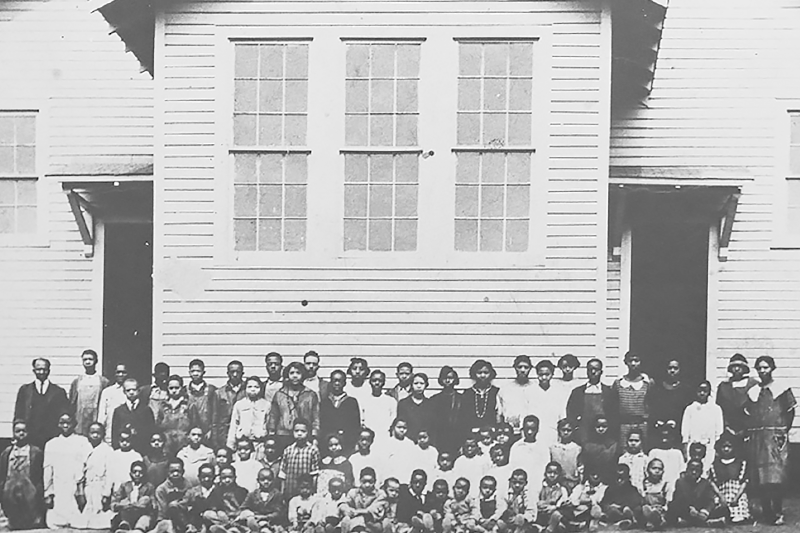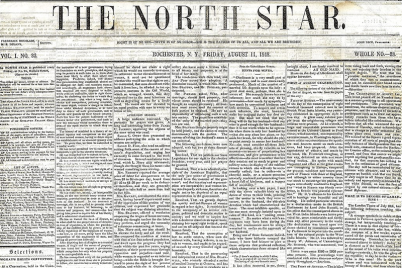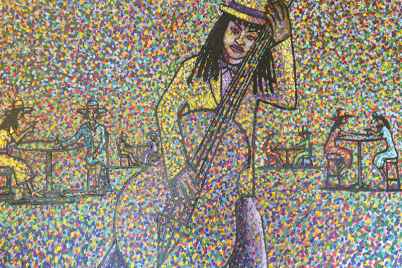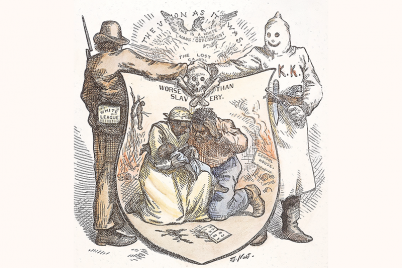Students and teachers at the Noble Hill School in Cassville, Ga., in 1925.
BY JENNIFER GAMBLE-THEARD, M.ED., ASALH Historian
ST. PETERSBURG — “The Mis-Education of the Negro” was a book written by Dr. Carter G. Woodson in 1933. He posited that blacks of his time were being culturally indoctrinated into subservience rather than being taught truth and relevance in regards to the needs of black students and their future.
Although the book is more than 80 years old, the important thoughts that Woodson had at that time about the critical role of education for African Americans are still very perplexing. He was extremely concerned about education and the impact of slavery on the mind, intellect, ego and the total psyche of the descendants of enslaved people.
Woodson’s influential writings and quotes from his book continue to resonate today, raising questions that we as a striving minority group in America, and are still trying to answer and keep making efforts to overcome.
As previously stated in part one of this article, the education of enslaved people was a criminal offense before the Civil War. After the Civil War, newly formed black communities organized schools, but the schools were poorly financed and greatly ignored.
By the late 1800s, Jim Crow laws ruled education systems, and schools became racially segregated. The Plessy vs. Ferguson Supreme Court decision in 1896 established separate public schools for black and white students. That law deprived African-American children equal educational advantages and required that the schools teach what the white governing bodies and financial donors dictated.
Due to the lack of proper financing, the progress of many black schools from elementary to college had become academically and culturally inferior.
As early as the first quarter of the twentieth century, a crisis in the quality of education for blacks became evident.
Strides for change began when black academics, white philanthropist, intellectuals, legal circles, concerned organizations and others who wanted to see a necessary shift in education for African Americans began to organize.
At the turn of last century, under the leadership of Julius Rosenwald, a Jewish philanthropist, and Booker T. Washington, a black educator, about 5,000 schools in former Confederated states were constructed.
With the help of the black community’s financial contributions and the community’s labor to help build, various kinds of school structures were erected in parts of the South.
As a result of their efforts, approximately one-third of African-American children in the U.S. had access to education, and their communities developed a sense of pride. Although some of the education was geared to basic reading and writing, the school’s role in education was primarily focused on agricultural, manual and vocational type training.
During the same period, Woodson and Dr. W.E.B. DuBois, who were both Harvard University graduates, desired that the role of education should be to prepare African Americans with more academic pursuits, studying the arts and sciences and become intellectual leaders for the next generation.
Their attitude about education was pushed aside because many people and groups in power felt that formerly enslaved people were not ready or were incapable of such endeavors.
By the early 1960s, the role of education for African Americans began to evolve into a powerful emphasis on black history. Ten years after Woodson’s death in 1950, a black history movement arrived, and his dream of inclusion was beginning to be shaped into a more defined reality.
The more knowledgeable that educated African Americans learned about the truth of their past, the more they made legal and social demands to include that historical information into curriculums from grades 5-12 and into colleges and universities.
The movement began to create stronger and more inclusive books and materials that gave a richer and balanced picture of both American and world history. The movement became the foundation for multicultural education in schools from which all ethnic groups were able to benefit.
If at some point, those at the top of government and industry want to eliminate or ignore the importance of inclusion of black history in school, then we must continue to “push black” and use social media as a means to educate.
Another example of the role of education in the history of African Americans is that of the freedom schools in the 1960’s civil rights era. They were first developed by the Student Nonviolent Coordinating Committee.
These schools represented educational endeavors that were intended to organize African Americans to achieve social, political and economic equality, particularly in Mississippi. Mississippi was one of two states that did not have a mandatory education law.
As a result, many black children in rural areas were sent to work in the fields and received little education at all. It was another form of slavery in the 20th century.
Whether in the north, south, east or west, education became an vital pursuit for many African Americans. In spite of the demeaning and oppressive rules and social customs that served as daily reminders of African American’s second-class status, the black community school served as a beacon of light and hope for a better life.
Although black schools had insufficient economic funding and were lacking in resources, the students and community had high spirits, a zeal for learning and hope for a better future. The entire network of African-American communities as a part of the whole United States continued to prepare itself for the “right time” with education.
Jennifer Gamble-Theard, M.Ed. is a retired Pinellas County educator in the study of history and language. She is also the historian for the St. Petersburg Branch of ASALH.









